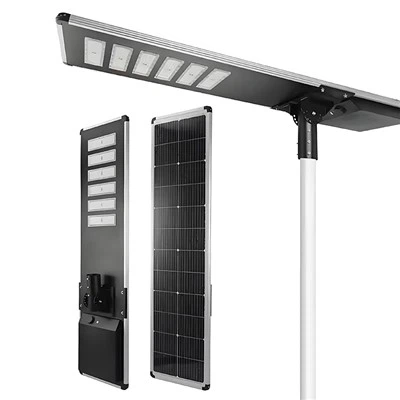Downlights are a popular choice for general lighting in both residential and commercial spaces. However, the key to achieving an effective and functional lighting scheme lies in the proper arrangement of these fixtures. Here are some tips on how to arrange downlights for general lighting:
1. Determine the purpose of the space: The first step in arranging downlights for general lighting is to determine the purpose of the space. This will help you decide on the number and placement of the fixtures. For instance, a living room requires more lighting than a bedroom, and a kitchen needs brighter lighting than a dining room.
2. Calculate the square footage of the space: Once you know the purpose of the space, you need to calculate the square footage. This will help you determine how many downlights you need. As a general rule, you should have one downlight for every 25 square feet of space.
3. Consider the ceiling height: The height of the ceiling is also an important consideration when arranging downlights. Higher ceilings require more fixtures to provide adequate lighting. For example, a 10-foot ceiling may require more downlights than a 9-foot ceiling.
4. Decide on the spacing: The spacing between the downlights is also important. As a general rule, the distance between each fixture should be approximately half of the ceiling height. For example, if the ceiling height is 10 feet, the spacing between each downlight should be around 5 feet.
5. Choose the right beam angle: The beam angle of the downlight is also important. A narrow beam angle is best for highlighting specific areas, while a wider beam angle is more suitable for general lighting.
6. Use dimmer switches: Finally, make sure that you use dimmer switches for your downlights. This will allow you to adjust the brightness of the lighting according to your needs.
In conclusion, arranging downlights for general lighting requires careful consideration of the purpose of the space, the square footage, the ceiling height, the spacing between the fixtures, the beam angle, and the use of dimmer switches. By following these tips, you can create a functional and effective lighting scheme that enhances the aesthetics and functionality of your space.






